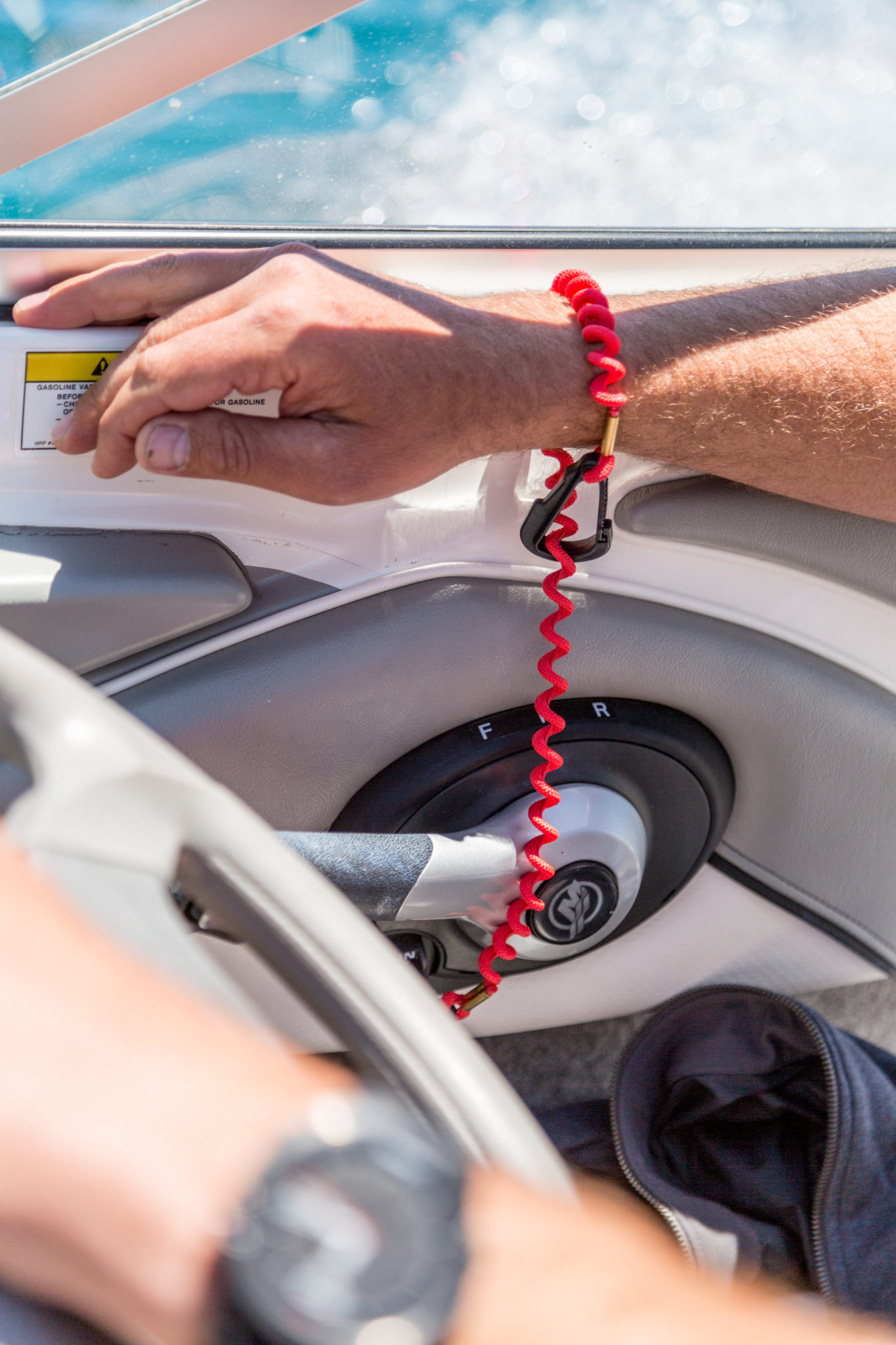
BoatUS Offers Boater Safety Reminders for National Safe Boating Week
Published on May 12, 2022National Safe Boating Week will be held May 21 to 27 with an annual reminder for boaters to champion recreational boating safety all summer long. The BoatUS Foundation for Boating Safety and Clean Water has reviewed three recent U.S. Coast Guard regulations that have changed, what’s needed to be carried aboard, and how a vessel is to be operated at higher speeds.
1. Fire extinguishers: As of April 20, the USCG enacted a regulation allowing them to enforce fire extinguishers having a 12-year expiration date from the date of manufacture. Additionally, while the new regulation does not change the type, quantity, or requirement for Coast Guard-approved fire extinguishers aboard, it does specify the minimum Underwriter Laboratory (UL) classification of extinguishers to be carried aboard certain vessels — depending on the boat’s model year.
Vessels on the water today that are less than 26 feet and model year 2017 or older may continue to carry older, dated or undated, “B-I” or “B-II” disposable extinguishers. However, when they are no longer serviceable or have reached 12 years of age since manufacture, they must be replaced with newer class “5-B” or greater extinguishers. Boats less than 26 feet and 2018 model year or newer must carry unexpired “5-B,” “10-B” or “20-B” fire extinguishers. Having older “B-I” and “B-II” types do not meet the new carriage requirements.
2. Engine cutoff switch: As of April 1 last year, boat operators have been required to use either a helm or outboard lanyard or wireless engine cutoff switch (ECOS) on certain vessels less than 26 feet when traveling on plane or above displacement speed. These vessels include (1) boats that have a functioning engine cutoff device installed at the helm or on an outboard engine or have wireless ECOS, or (2) boats manufactured beginning January 2020.
Exceptions to the ECOS requirement include if the main helm of the vessel is in an enclosed cabin or the vessel is not operating on plane or at displacement speed. Low-speed activities such as fishing or docking do not require use of an ECOS. The vessel operator is also exempt if the boat’s motor produces less than 115 lbs. of static thrust – or about the size of a 2-hp engine.
3. Electronic visual distress signals (eVDSD): Solving the disposal problem of expired pyrotechnic flares, newer electronic visual distress signal devices (eVDSD) use either a white or combination of orange-red/cyan LED lights with infrared (for rescuers with night vision) and are now U.S. Coast Guard-approved. However, for daytime distress situations, you’ll still need to carry aboard an orange distress flag to avoid carrying pyrotechnic devices. eVDSD prices start at about $100 for the white light version.
Also, every visual distress signal requires regular inspection and maintenance and batteries are an eVDSD so replace them every season. Old eVDSD batteries can be cycled into a flashlight at home.
| Categories | |
| Tags |






